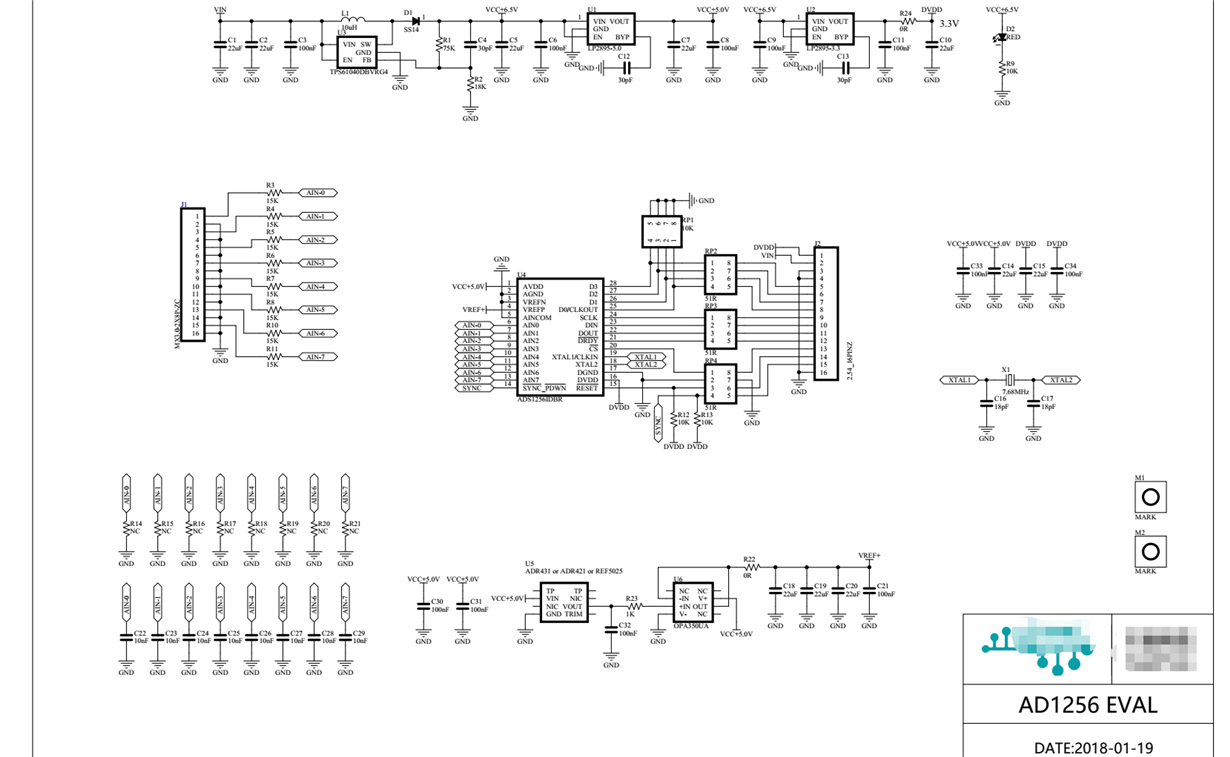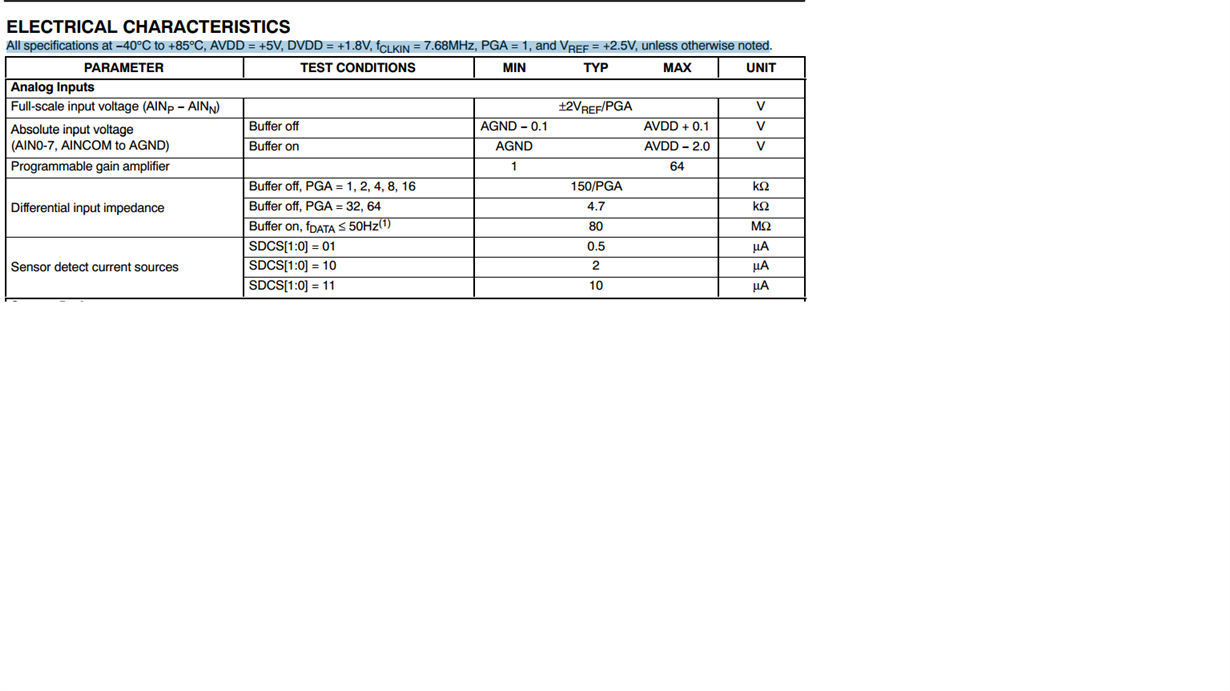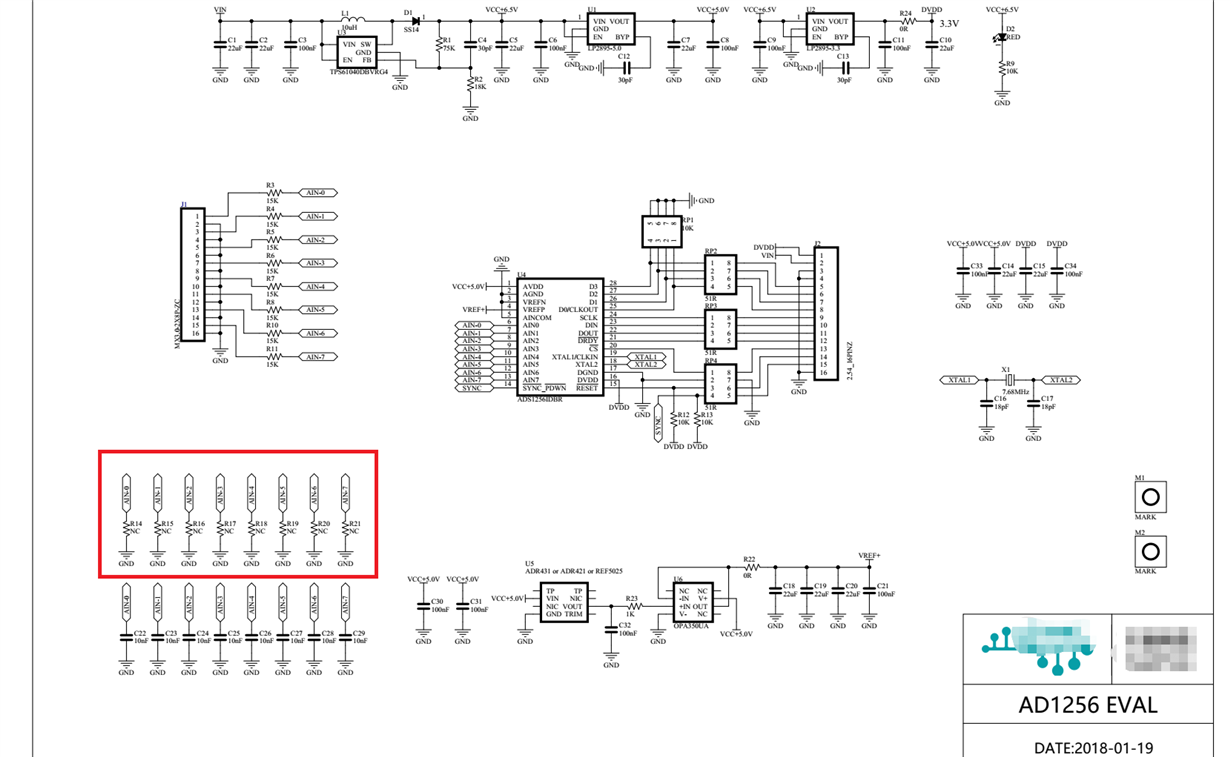Tool/software: Code Composer Studio
Hi everyone.
Recently I was debugging the ADS1256 chip, and I used a regulated source as the input voltage.
When the input voltage reaches above 3.8V, for example, the measured voltage of 4V and 5V is still 3.8V.Measured value below 5V.According to the data sheet, the measurement range is -0.1-5.1V
1.This BUFFER is Disabled.
2.The PGA is 1.
3.Auto-Calibration Disabled.
4. The Data Rate Setting is 10sps
5. With single-channel input.
6.Is that register able to set the range, or is the configuration incorrect?
Ask an official engineer for help.Thank you!




